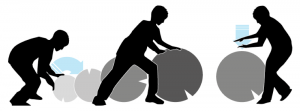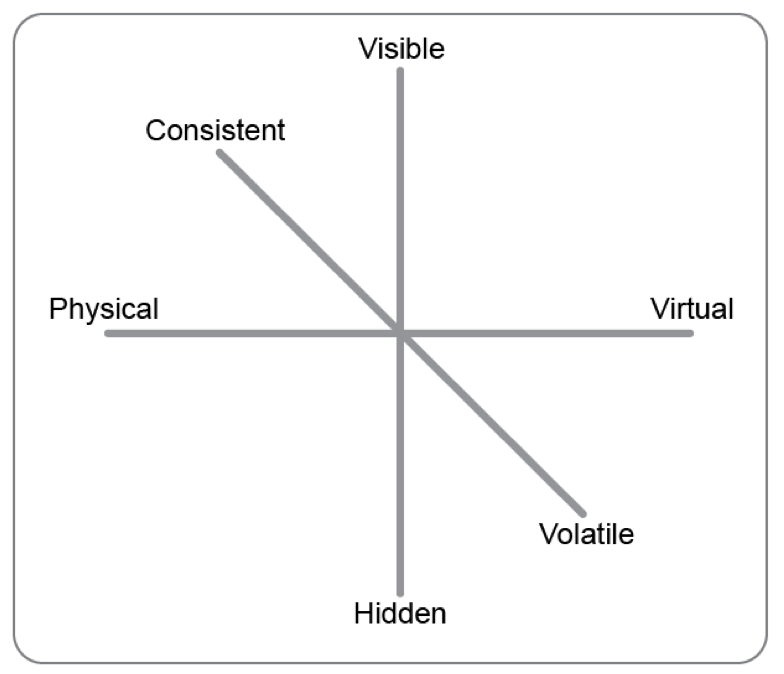We are motivated by an interest in sensors, actuators and algorithms as design materials, and in the possibilities they offer a designer. Often the designer must “engineer” hybrid materials during the prototyping process to obtain functionalities that support the demands of shape change. We explore shape change through teaching a studio course and through research, designing and evaluating shape changing objects from toys to mobile phones, automotive applications among others. Aside from technical challenges, we seek to understand the aesthetic qualities offered by a product that uses change in shape as a means of communication.
Shape Changing Interfaces is a required course in the IT Product Development Master’s program at the Aarhus University. Students design and build shape changing functional prototypes that explore qualities of shape change that go beyond efficiency and precision. In the 2012 course, students developed shape changing toy concepts exploring 8 types of shape change in collaboration with the Danish toy company bObles and in the 2013 course, students explored shape change used with light as a material for design. Two of the projects from the 2013 course were submitted and accepted to the TEI2014 art gallery and were exhibited in Munich! Some additional details are provided below:
Kinetic Wave (Designed in 2013, presented at the TEI2014 conference by: Søren Pedersen, Christian Ø. Laursen, Michael Ha and Anders Høedholt) For more information, please review the video and accompanying project website: kineticwave.space
Sensitive RolyPoly (Designed in 2013, presented at the TEI2014 conference by: Johanna Fulda, Teemu Mäntyhariu, Peter Tierens, Thomas Wimmer)
Aside from teaching the course focused on designing shape changing interactive experiences, we are also doing research in this expanding field of interaction design.
Currently we are exploring three specific areas together with students and industrial partners, namely the utility of shape change, the transitions between different states of shape change, and something we have-for now-labelled ’imagined physics’. A simple definition of imagined physics is: “the perception and understanding of behaviour, causality and the mechanics involved in shape change events.” These events often elicit understanding from the user through common metaphors such as rolling a ball of snow to encourage growth.

rOlie is a volume changing toy with interaction taken from a snowball metaphor–by rolling the toy, it becomes larger, patting it down reduces the volume.
With digital technologies, shape changing objects can behave along a continuum from virtual to physical elements, that behave in consistent to volatile manner, with mechanical cues that are visible or hidden from the user. The design space of imagined physics can be mapped to a 3 dimensional space–features of shape changing artifacts can be located in the space to support comparisons and to signal possible design changes.
For more information, please see our paper on Imagined Physics or contact tim@ixd.net
Mie Nørgaard, Tim Merritt, Majken Kirkegaard Rasmussen, and Marianne Graves Petersen. 2013. Exploring the design space of shape-changing objects: imagined physics. In Proceedings of the 6th International Conference on Designing Pleasurable Products and Interfaces (DPPI ’13). ACM, New York, NY, USA, 251-260. DOI=10.1145/2513506.2513533 http://doi.acm.org/10.1145/2513506.2513533
“Imagined Physics” is a phrase we have used to help us describe some of the key design dimensions of shape changing interfaces. We continue to expand this model with design experiments and research through design methods. We have worked with toy companies and a large automaker to generate physical prototypes to explore the potential of shape changing interfaces.

